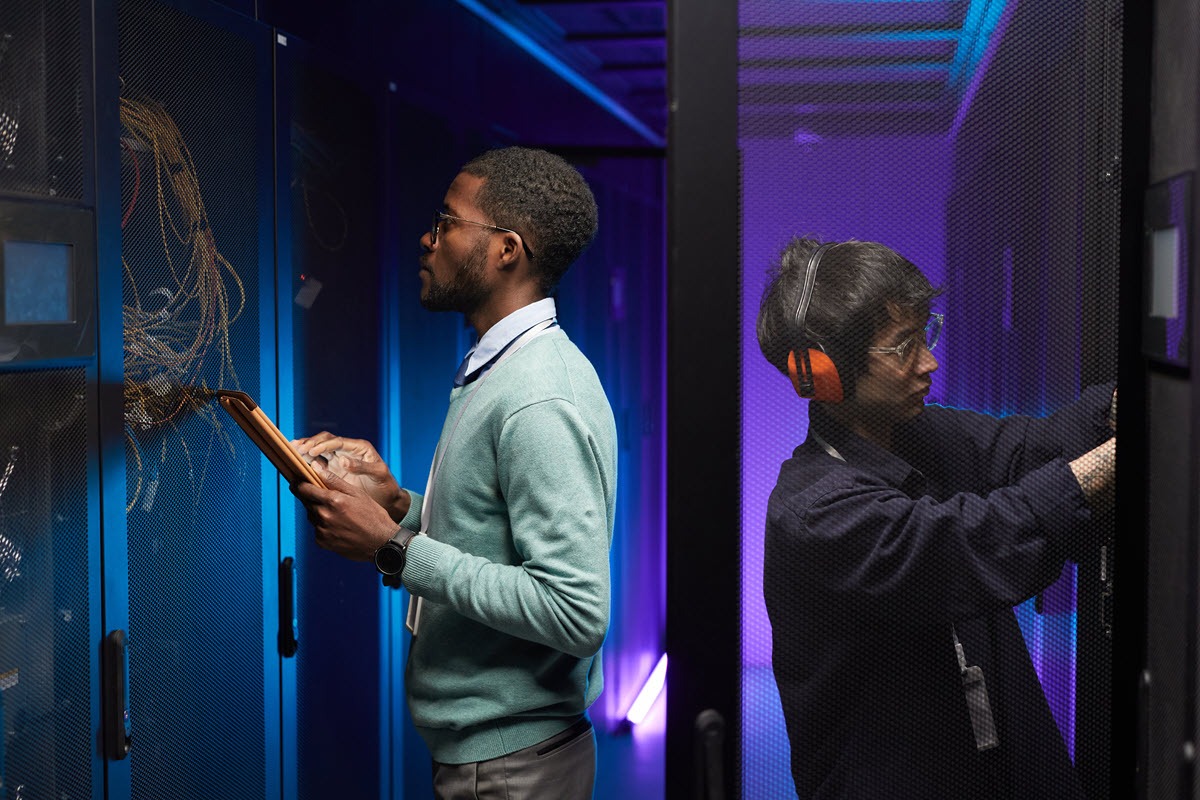
School IT leaders have been charged with implementing cybersecurity best practices for data privacy. The rapid growth of edtech, remote learning, and now AI has forced school IT leaders to prioritize improving cybersecurity defenses. Schools are a prime target for cybercriminals, and school IT leaders play a crucial role in safeguarding sensitive student and staff information from cyber threats. These cybersecurity best practices for data privacy can help improve data security in your district.
Risk Assessment
Conducting a comprehensive risk assessment is the foundation of a robust cybersecurity strategy. School IT leaders can use the assessment to identify potential vulnerabilities, evaluate existing security measures, and prioritize areas that require immediate attention.
Multi-Layered Security
School IT leaders should adopt a multi-layered approach to cybersecurity best practices for data privacy that includes firewalls, antivirus software, intrusion detection systems, early warning systems, and encryption mechanisms. These layers collectively create a formidable defense against a variety of cyber threats.
Staff Awareness and Training
To turn your biggest risk into a strong cyber defense, conduct regular training sessions for both teaching and administrative staff to raise awareness about phishing attacks, social engineering tactics, and other common cyber threats. Include students in awareness training and teach them about social media phishing and the risks that can happen when they share too much personal information online.
Access Control and User Permissions
Restrict access to sensitive data to only the people who much have it to perform their jobs. Managing control and access to data is essential for maintaining data privacy. A robust access control system should grant employees access only to the information necessary for their roles. A key component of access control is removing access immediately when it is no longer needed, either because of a change in roles or a departure from the district.
Patch Management
Outdated software and unpatched systems are easy targets for cyber attackes. School IT leaders must establish a strict protocol for regular software updates and patch management to address vulnerabilities promptly. This includes operating systems, applications, and security software.
Data Encryption
Encrypting sensitive data is a crucial step in preventing unauthorized access, even if a breach occurs. Implement encryption protocols for data at rest and data in transit to add an extra layer of protection. This is particularly important when handling student records, financial information, and other confidential data.
Offsite Backup and Recovery
Regularly back up critical data offsite and ensure that a robust recovery plan is in place. In the event of a cyberattack or data loss, having a reliable backup system allows the school to quickly restore operations and minimize disruptions. It can also prevent a school from having to pay a ransom.
School IT leaders must adopt a proactive and multi-faceted approach to cybersecurity best practices for data privacy. By implementing these best practices, educational institutions can create a secure digital environment that protects sensitive information and fosters a safe learning environment for students while meeting regulatory requirements.
School Passport’s Privacy Governance Console begins by auto-discovering all applications being used within a district. It then leverages technology to collect data about each application and correlates the apps with 1Edtech’s TrustEd database to rate PII data exposure risk. IT staff members can select whether to filter PII to specific vendors or anonymize it. In short, the Privacy Governance Console within School Passport enables districts to discover data leakage risks and mitigate them. Learn more: https://gg4l.com/privacy-governance-console/

